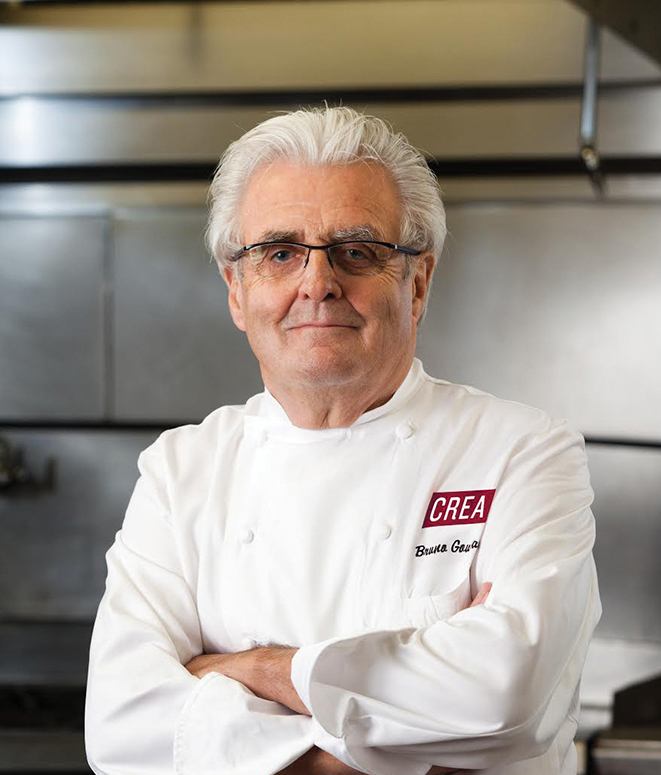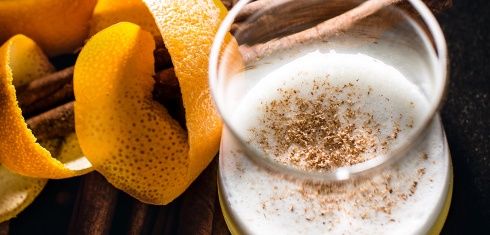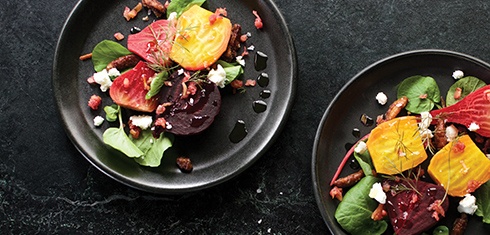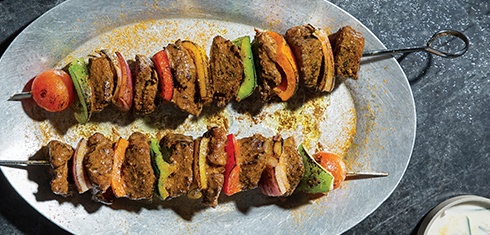Interview by Sara Johnson
Sous-Vide: Is cooking in plastic safe?
Dr. Bruno Goussault: At Cuisine Solutions, we ask our plastic suppliers to have a food safety guarantee. It ensures compatibility between the food and the plastic, with nothing leaching from the plastic to the food. That is really important. We work with polyethylene or polypropylene, and it’s a very safe plastic for the temperature. The food safety guarantee says the plastic can work at this temperature for a long time. Also, it explains barriers for water, barriers for air, and general barriers or permeability for gas.
SV: Does the type of water used for the sous vide water bath affect the recipe?
BG: It’s not necessary to use spring water, but the quality of the water on calcium content is really important. When you heat water with a high calcium content, you can get some residue on the plastic bag and on the heater. If you don’t take care of the quality of water, the heater can become blocked by the calcium. You can use spring water, or you can clean your heater with vinegar.
SV: Why do so many recipes call for cooling in the sous vide bag after cooking in the water bath?
BG: There are two reasons for cooling after cooking. First, if you open immediately after cooking, you will lose all of the flavor of the sous vide food. This is because you are cooking in a closed system. When you open the bag at the end of cooking, all the flavors evaporate, it’s not absorbed in the food. To fix in the flavor, you need to allow the food to reabsorb the volatile aromas and flavor during chilling.
The second reason is for safety. While cooking sous vide, you destroy the vegetative form of pathogenic bacteria. However, to destroy the spores of bacteria, you need to cook above 230°F (110°C), which is hotter than sous vide cooking temperatures. And because you don’t destroy the spores, you need to block their germination while the temperature is decreasing. To block germination you need to have a process to—slowly—arrive at 50°F (10°C) at the core less than two hours after the end of the cooking.
SV: Do you have to include a liquid like a fat or water in the bag when cooking food sous vide?
BG: Normally, no. You cook sous vide without liquid. But adding wine or broth can give the food another flavor. First, you need to concentrate it, to have the minimum amount of liquid. If you have too much liquid, there are problems: The heat that comes from the circulator needs to go through the plastic to heat the liquid, and then the liquid needs to cook the meat. It’s very complicated. It’s better to have the heat from the circulating water going directly to the food.
Have a question about sous vide for Dr. Goussault? Submit your query via email to askthemaster@lecrea.com and you may be featured.
Try These Recipes
A Sour in the Key of Raffi
 Advanced
AdvancedThis gin or rum-based cocktail from Chicago's The Aviary combines a kicky sous vide banana-curry syrup with a thick, creamy egg foam and nutmeg finish.




